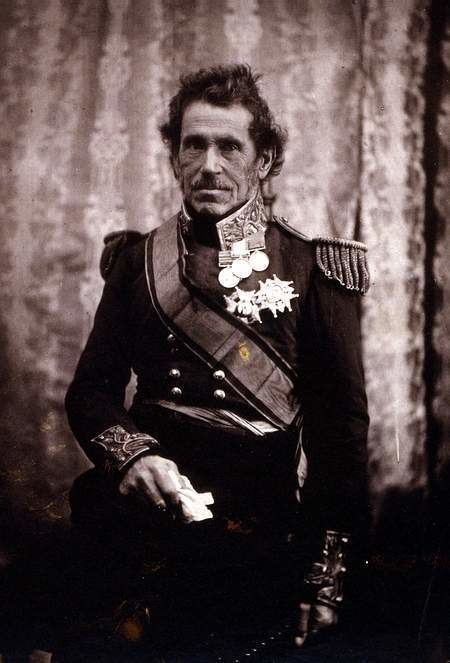 | ||
The Auxiliary Legion, also called the British Legion (La Legión Británica), existed from 1835 to 1837. It was a British military force sent to Spain to support the Liberals and Queen Isabella II of Spain against the Carlists in the First Carlist War.
Contents
History
Under the Quadruple Alliance, Great Britain had controlled maritime traffic along the Cantabrian coast since the beginning of the war.
In 1835 the war was not going well for the Liberal side and they asked their allies to become more involved in the war. The French sent their Foreign Legion which landed at Tarragona on 17 August with around 4,000 men and was renamed the Spanish Legion. Although the British refused to send troops directly, in June 1835, they decided to form a military volunteer corps, and that became designated an auxiliary to the Spanish Legion.
By the end of the summer of 1836 a force of 10,000 men under the command of De Lacy Evans had assembled in San Sebastian. They fought near Hernani and Vitoria, but were pushed back and had to hold the fort on Mount Urgul de San Sebastián, to prevent the Carlists from taking the city.
In November 1836 they were put under the command of Baldomero Espartero and helped to lift the siege of Bilbao.
In 1837 they suffered a serious defeat in the Battle of Oriamendi, but were successful in stopping the Expedición Real, an attempt by the Carlists to march on Madrid.
The volunteers had signed on for a tour of two years and by the end of 1837 most of the men had returned home. Some 1,000–1,500 men remained, and fought on several fronts. Their casualties were so heavy that in practical terms the unit was dissolved.
In total a quarter of the force – some 2,500 men – died, only half of them in combat. Their presence had not been well received by the Carlists; one former soldier wrote
"To our foes, we of the British Legion were the most odious of all; strangers, mercenaries, heretics, scoffers, polluters of their sacred soil; so they did term us. For us there was no quarter; in the heat of battle, or by cold judicial form, it was all the same: to fall into their hands was certainly a tortured death."
Organization
It would appear that most of the 9,600 men forming the Legion were volunteers from British Army line regiments. The only "regular" troops who served in the war were men of the Royal Navy, Royal Marines, Royal Artillery, and Royal Engineers. Recruiting and training began in 1835. The Legion was to comprise 8,500 infantry (in 10 battalions), 550 rifles, 700 cavalry and 300 artillery.
Legion Units
Note - the 7th "the Irish Light Infantry", 9th Battalion, the Irish Grenadiers and 10th battalion, Munster Light Infantry, were brigaded together under Brigadier-General Charles Shaw, a veteran of 1815 and the Portuguese Civil War. The brigade quickly won a reputation for being one of the toughest units of the Legion.
British regulars attached to the Legion
On occasion some regular British troops were attached to the Legion, including:
The first British Marines under Lord John Hay (the British Commodore) landed to garrison Portugalete in Apr 1836. In May the Royal Marines were expanded to a full battalion under Major Owen. Small detachments of Royal Marine Artillery, Royal Artillery and Royal Engineers were subsequently added.
In November 1836, 39 officers and men of the British Royal Artillery joined the Naval force supporting the British Auxiliary Legion. 60 additional men arrived in Jan 1837. There were also 100 men of the Royal Marine Artillery. Cairns says all British Artillery used 9-pounder smoothbore field pieces and 5 1/2” howitzers, along with a few Congreve rocket launchers and light mountain pieces. Somerville (1995), however, gives the British Auxiliary Legion 6-pounders and short 12-pounders (presumably howitzers) and the Royal Artillery larger pieces including large howitzers.
Legion artillery organisation:
British Royal and Marine Artillery:
British Auxiliary Legion Artillery
Spanish artillery:
